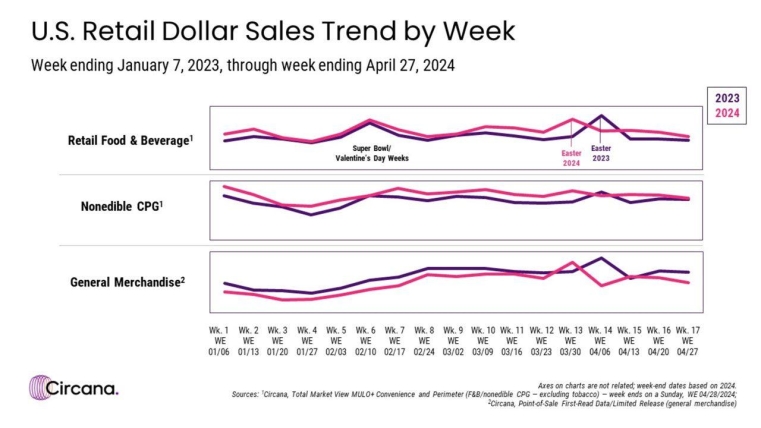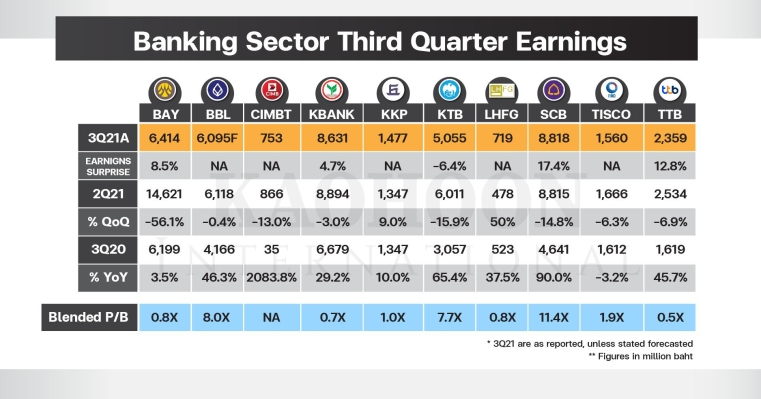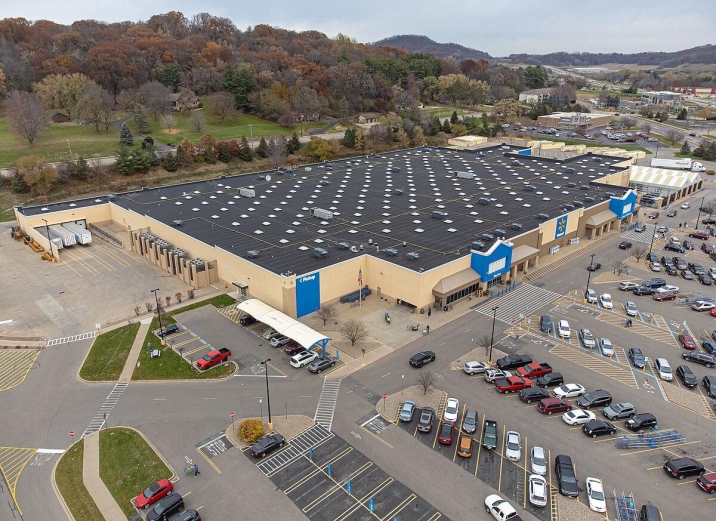The Shift in Consumer Confidence and Its Impact on Retail Spending
The landscape of retail spending has undergone a noticeable transformation as consumers reassess their financial priorities. Recent data indicates a decline in expenditure, bringing to light the delicate balance between consumer sentiment and economic realities. Factors contributing to this shift include:
- Inflationary Pressures: Rising prices for essential goods have forced shoppers to reallocate their budgets, placing discretionary items lower on their lists.
- Geopolitical Instability: Global uncertainties have heightened concerns about economic stability, encouraging a more cautious approach to spending.
- Interest Rates: Increased borrowing costs have made consumers more hesitant, leading to reduced purchases in sectors reliant on credit.
As a result, retailers are faced with the challenge of adapting strategies to this evolving consumer behavior. Businesses may need to consider innovative approaches to maintain engagement and stimulate sales during fluctuating economic times. Strategies could include:
- Targeted Promotions: Tailored offers that align with customer needs and preferences can help in regaining consumer interest.
- Diverse Product Range: Expanding selections to include more value-driven items caters to cost-conscious shoppers.
- Enhanced Customer Experience: Fostering loyalty through exceptional service and experiences may help retain customers amid uncertainty.
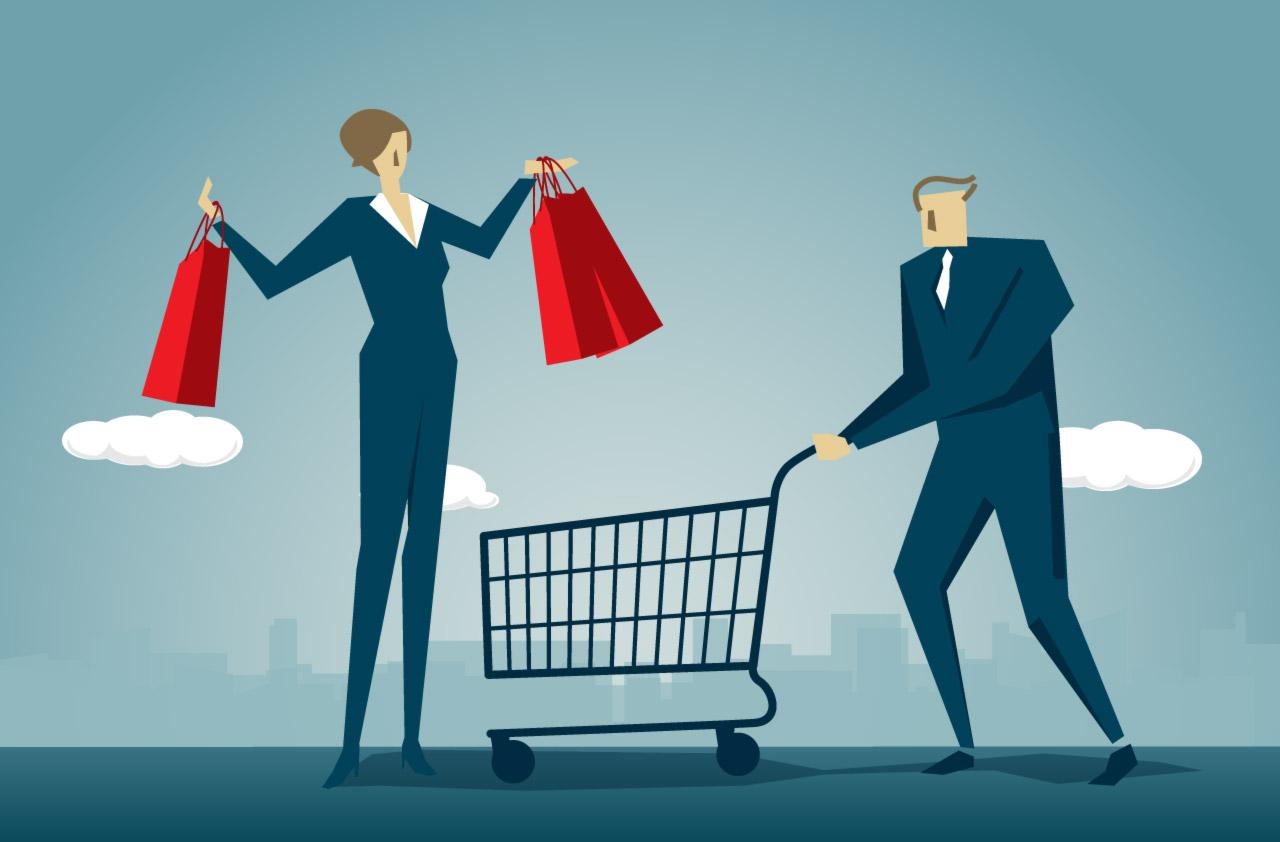
Analyzing the Sectors Most Affected by Marchs Decline
The recent decline in retail spending has sparked concern among various sectors as they navigate the ripple effects of consumer hesitance. Clothing and apparel retailers were notably impacted, with many reporting a significant drop in foot traffic and online sales. Shoppers appeared more selective, prioritizing essential items over discretionary expenditures, leading to a sharp downturn in sales figures. Some key areas feeling the pinch include:
- Fast fashion brands: Struggling to attract budget-conscious consumers.
- Luxury goods: Facing a slowdown as consumers defer high-ticket purchases.
- Sporting goods: Experiencing decreased demand for non-essential equipment.
Another sector grappling with the aftermath of reduced retail spending is home furnishings. As prospective buyers tighten their budgets, home improvement and décor businesses are seeing a marked decrease in sales. Economic uncertainties are prompting consumers to postpone plans for renovations and upgrades, which has resulted in excess inventory for several retailers. The fallout can be observed in the following subcategories:
- Furniture retailers: Witnessing lower demand for new and trendy items.
- Home improvement stores: Experiencing a dip in large-scale project initiatives.
- Online marketplaces: Having to incentivize purchasing with discounts and promotions.
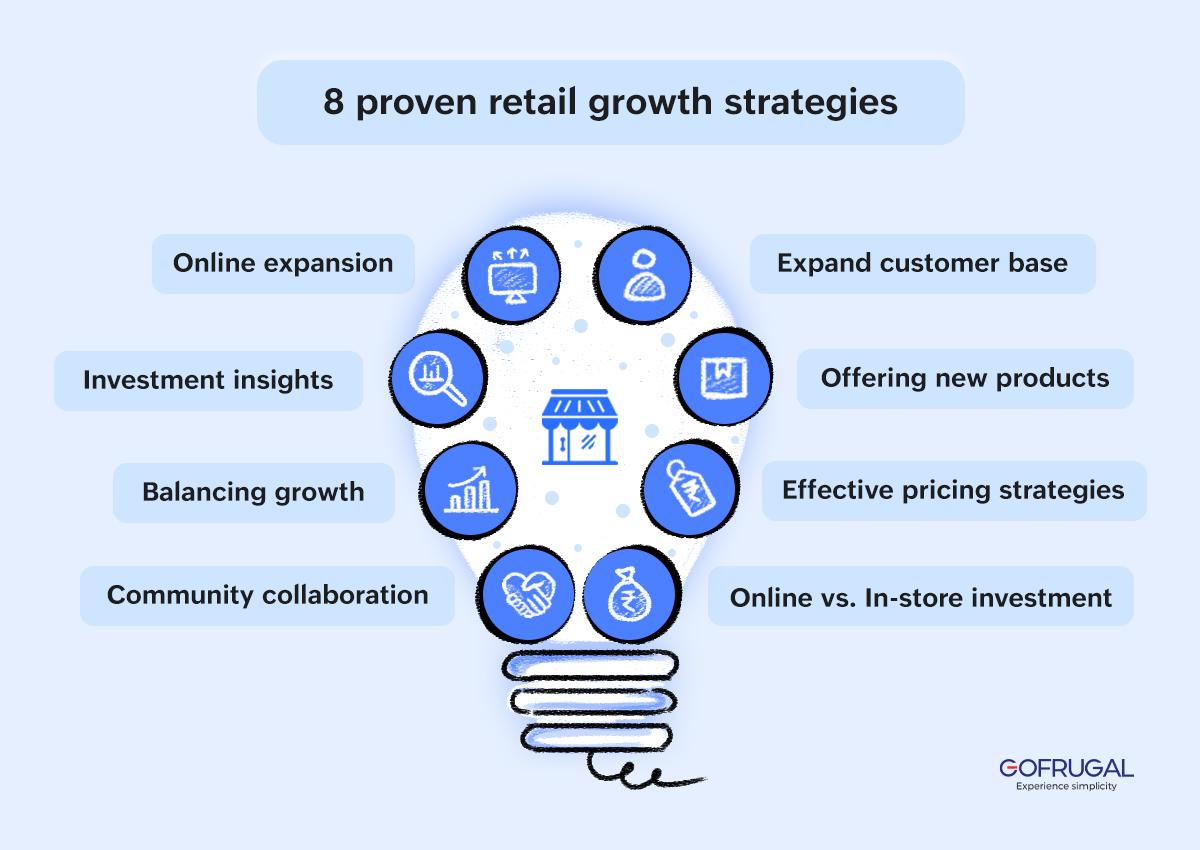
Strategies for Retailers to Navigate Changing Consumer Behaviors
As consumer preferences shift and spending habits evolve, retailers must remain agile and responsive to these changes. One effective strategy is to enhance personalized experiences. By utilizing data analytics and customer feedback, retailers can tailor their offerings to meet the specific needs of their clientele. This can involve curating personalized product recommendations, crafting targeted marketing campaigns, and creating loyalty programs that resonate with individual consumers. Additionally, offering seamless omnichannel experiences allows shoppers to engage with brands across multiple platforms, ultimately driving conversion.
Another key approach is to emphasize value and sustainability in product offerings. As consumers increasingly prioritize transparency and ethical practices, retailers should focus on showcasing their commitments to responsible sourcing and sustainable manufacturing. This can be achieved through clear messaging that highlights eco-friendly products and transparent supply chains. Furthermore, integrating competitive pricing strategies and loyalty rewards can help reinforce the perception of value, making it easier for consumers to justify their purchases. By aligning strategies with consumers’ evolving values, retailers can foster loyalty and sustain sales even during economic fluctuations.
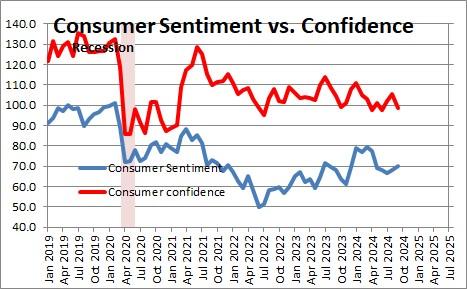
Looking Ahead: Potential Recovery Trends and Consumer Sentiment
As we analyze the current landscape of retail spending, several key factors indicate potential trajectories for recovery. Consumer sentiment is often influenced by external markers such as economic growth, employment rates, and inflation. Shifts in these areas could foster a renewed sense of confidence among shoppers. Although recent data suggests a contraction in retail spending, experts foresee several catalysts that might invigorate the market:
- Improved Employment Opportunities: As more jobs are created and wages rise, consumers are likely to feel more secure in their financial positions.
- Inflation Stabilization: A decrease in inflation rates may ease the financial burden on households, leading to more discretionary spending.
- Emergence of New Retail Strategies: Innovative shopping experiences, both online and in-person, could attract consumers back into stores.
- Seasonal Trends: The upcoming holiday seasons typically drive consumer purchases, providing an opportunity for retailers to rebound.
Consumer sentiment is a fickle beast, heavily reliant on both economic indicators and psychological factors. Current surveys depict a cautious outlook, with many consumers prioritizing savings amid uncertainties. However, a shift in attitudes can often be sparked by positive news or a perceived sense of normalcy returning to everyday life. Observing patterns in consumer behavior, we might soon witness an increase in spending as:
- Advent of New Products: Exclusive launches and innovative offerings create buzz, enticing customers back into stores.
- Social Influences: Word-of-mouth and social media trends can play a significant role in shaping shopping habits.
- Community Engagement: Local businesses focusing on community-based initiatives may restore a sense of loyalty among consumers.
As the curtain falls on March, the retail landscape tells a story of cautious consumers and shifting priorities. With spending taking a noticeable dip, it becomes clear that the economic waves are prompting individuals to reevaluate their habits and necessities. This development not only reflects the current financial climate but also hints at the evolving dynamics between consumer behavior and market forces. As we move forward, it remains to be seen how retailers will adapt to these changing tides and what strategies they will employ to re-engage shoppers. For now, the retreat in retail spending stands as a reminder that in the world of commerce, the only constant is change.



